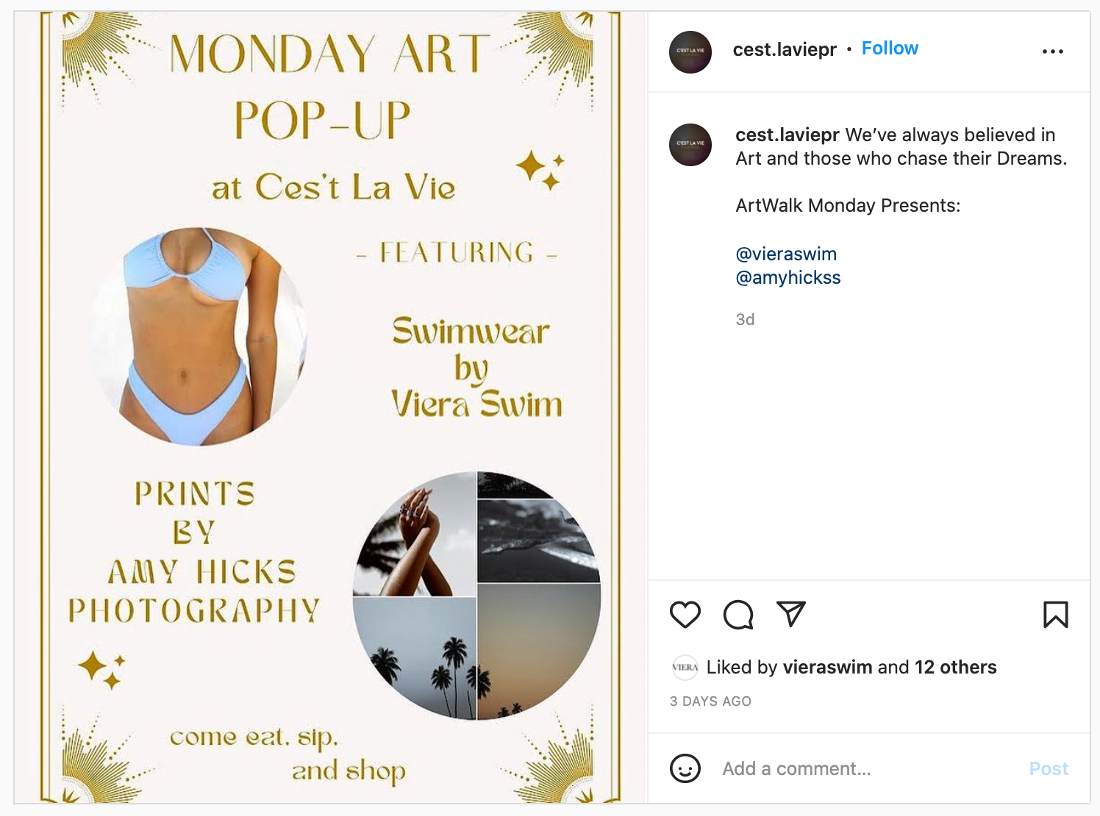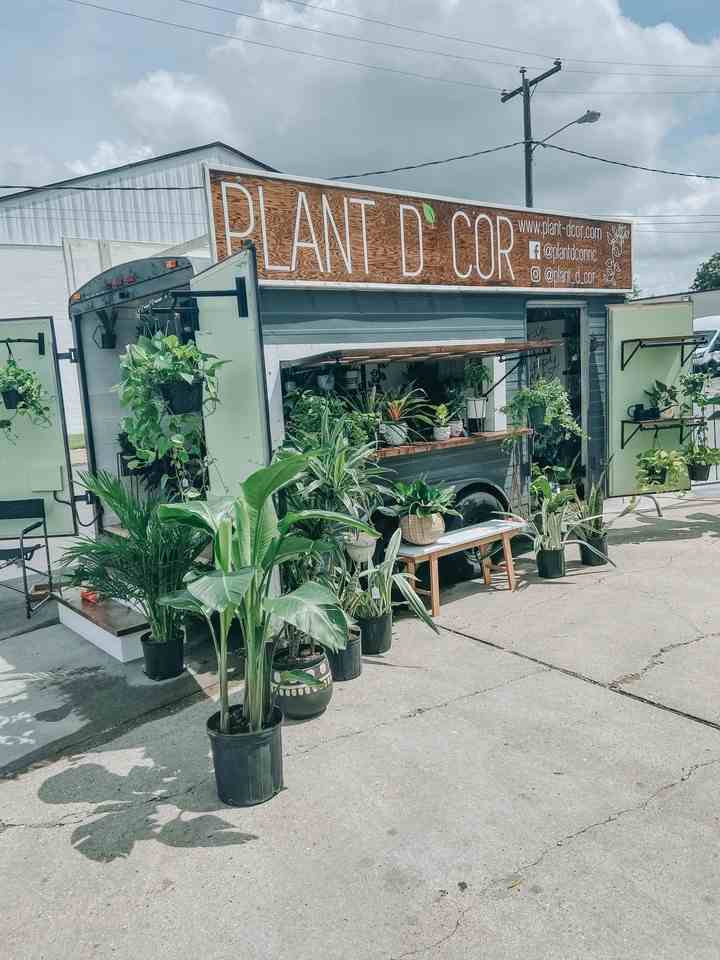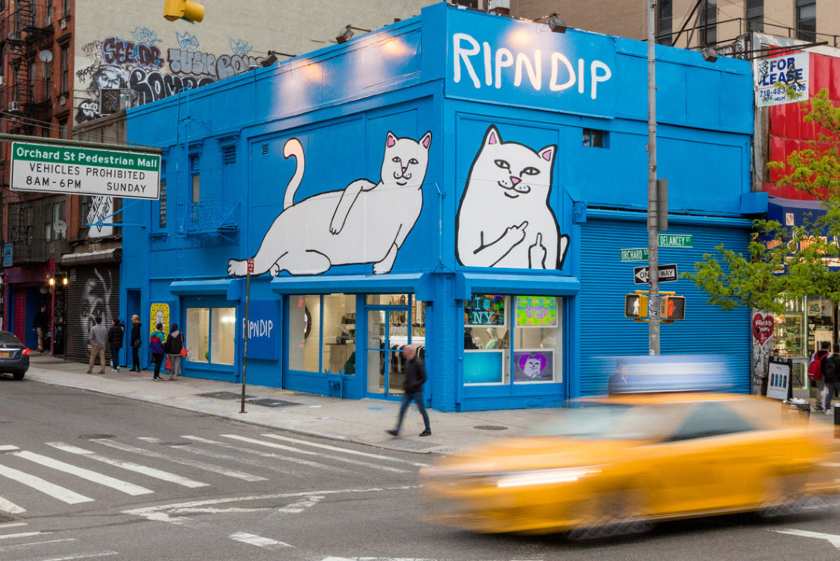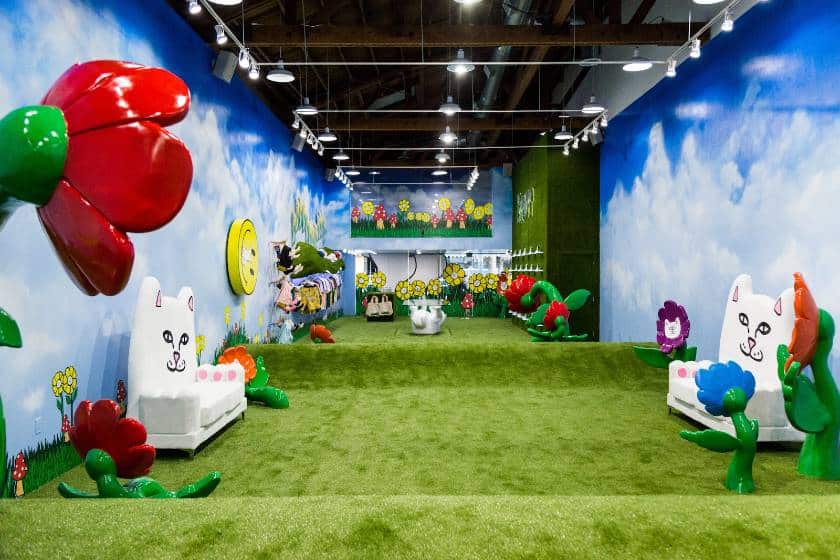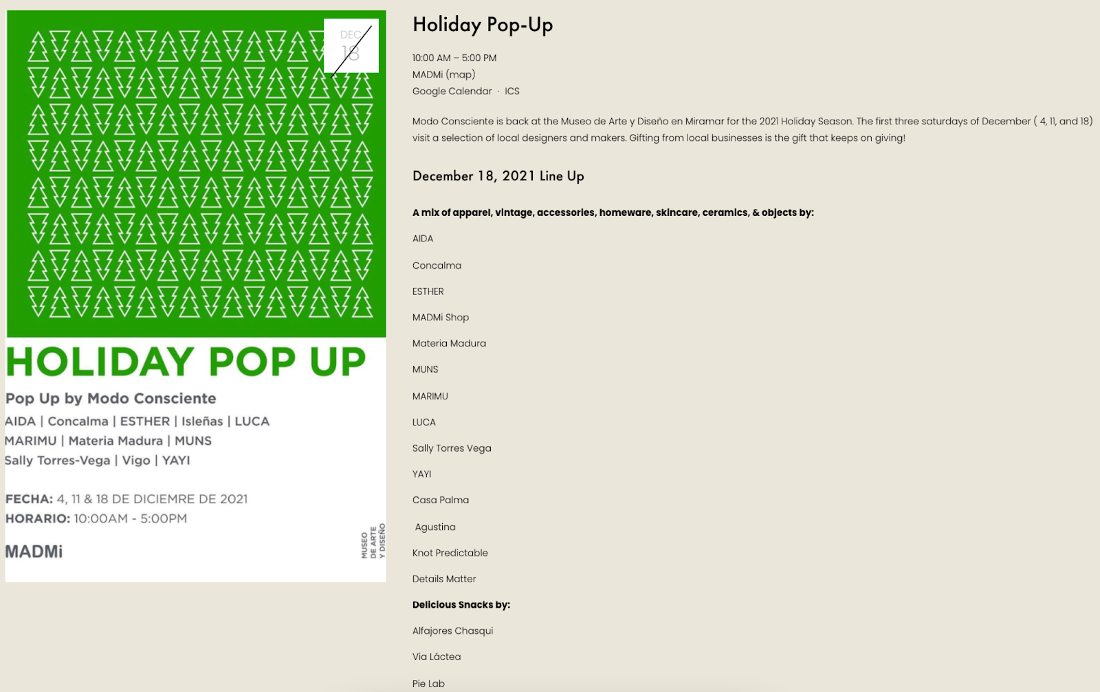A pop-up shop is a temporary in-person retail activation. It allows you to open a small store for a limited amount of time, enabling customers to visit you and interact with your brand and products in person.
Pop-up shops are good for your retail marketing strategy, especially considering three-quarters of all retail sales happen offline—and they’ll continue that way for the foreseeable future. There are many pop-up shop ideas you can pursue to promote your business. Let’s look at how to do it.
Step 1: Determine the Goal of Your Pop-up Shop
If you want to open a pop-up shop for your business, you’ll want to start by choosing your goal. Without a target in mind, it will be difficult to plan, execute, and assess your pop-up shop. There are many goals and reasons why small business retailers may open a pop-up shop, including:
Did You Know?
The pop-up shop market is growing and currently worth about $14 billion according to IBISWorld.
Step 2. Set a Budget
Before you meet with a real estate agent or potential landlord to find a location, consider your budget.
Your budget will depend on several factors, including location, length of lease, and size of your store. When determining your ideal rent, it’s wise to research the rent prices in the area to have a good idea of what to expect.
The duration of your lease will also significantly impact your overall budget. In 2016, Inkbox spent approximately $15,000 for a two-week rental. Meanwhile, retail analytics firm Popertee estimated the total cost of a 30-day pop up around $33,000. However, keep in mind that Coldwell Banker Richard Ellis (CBRE) estimates that current commercial rents are 37.5% lower than in 2019 in markets like New York City due to current real estate vacancies. On the flip side, things like inventory and labor may cost more than previous years.
Rent isn’t the only cost you’ll incur with a pop-up store. You also need to factor in staffing, marketing, inventory, space modifications, insurance, and technology expenses. When negotiating your rental agreement with the landlord or real estate agent, remember to ask what’s included—and it can’t hurt to try to negotiate extra or reduced expenses for things like Wi-Fi, utilities, and licensing.
Step 3. Choose a Location for Your Pop-up Shop
Scouting the perfect location for your pop-up store is key to your success. But before you hit the pavement, you need to identify your must-haves to help narrow down the search.
When thinking about where you want your pop-up to be, consider where your audience is most likely to be. If you already have a successful online business, look at your existing customer demographic data to see where most shoppers are located.
Once you know roughly where you want to have your pop-up shop, narrow it down and consider the following attributes of your location:
- Type of space: Pop-ups can happen in a variety of areas, including vacant storefronts, galleries, pop-ins with existing stores, shopping centers, malls, or even mobile stores with trucks or buses.
- Your target market: Choose a neighborhood or area your preferred customers will frequent. You’ll also want to consider if you want to be in a city or a more rural area.
- Branding and business goals: Find a location that makes sense for your brand and the future vision you have for your business. For example, if you want to test the idea of opening a permanent storefront, choose to host your pop-up in a location you’d also consider for that permanent fixture.
- Events or areas of interest: Research local events and tourist attractions in the area that would drive additional foot traffic—or make your event a hassle.
- Accessibility: Figure out how customers are going to find your location and get to it (by personal or public transportation). Consider local bus stops or train stations as well as parking options. Try to find an area with plenty of parking or access to public transportation.
Narrowing Down Your Venue
Commercial real estate has taken a significant hit over recent years due to businesses closing amid the COVID-19 pandemic. Available retail space listed in the US, UK, and France between June to August in 2020 increased by 125% according to Appear Here. Rising vacancy levels create a unique opportunity for landlords and business owners to strike deals in a lower-risk arrangement.
Once you’re ready to select a venue, think through the following:
- Store layout: Visualize what the space will look like with your pop-up. You’ll need to think about your ability to not only display products for customers but also stock extra inventory out of sight.
- Venue amenities: Being aware of precisely what comes with the space ensures you will not have surprises as you set up your store. Check with the landlord about reliable Wi-Fi, electrical outlets, lighting, security cameras and alarms, and restrooms. If a utility like internet access isn’t provided, consider a mobile hotspot and make sure it works reliably in the space.
- Rent: Determine the rate and the time frame you will operate your store and understand the included extras such as parking. Remember to include any costs for required insurance.
- Modifications to the space: Making the store fit your vision could require physical changes. Make sure you and the landlord agree on what is and is not acceptable.
Plus, because a pop-up shop is temporary, you’ll want to pay extra attention to setup and teardown. Determine whether your potential venues offer an easy way to get everything set up and taken down when it’s over.
Step 4. Obtain Licenses & Permits
Your required licenses and permits depend on many different factors, including location and what types of activities you plan to have at the pop-up shop. At a bare minimum, you’ll want to have the following:
- Business license and business registration
- State sales tax permit
Other potential licenses and permits may include:
- Building permit for major changes to the physical space
- Noise permit, essential if you plan to have live or loud music
- Liquor license if you plan to serve and/or sell alcohol; this is estimated to be around $300
- Racking permit if you have storage exceeding 5’9” in height
- Sign permit for your storefront sign
- Food Handler and safety permits if you plan to serve and/or sell food
It’s always best to check with your local jurisdiction to see what’s required of you. The city of Chicago, for example, issues specific pop-up shop permits. A five-day license costs $25, or you can invest $150 for a year-long license.
Step 5. Prepare Inventory for Your Pop-up Shop
When prepping inventory for your pop-up shop, you’ll need to consider the following inventory management challenges:
- Transporting inventory: How are you going to get the products to your pop-up shop? How are you going to pack up the unsold products after your pop-up shop, and where will you take them?
- Storing inventory: Do you have space at your pop-up shop to store extra product, or will you need to keep it somewhere else? What else do you need to properly store stock—security, temperature control, ladder?
- Replenishing inventory: When you sell out of product at your pop-up shop, how will you restock the shelves? What will you do if you run out of inventory altogether before your pop-up is complete?
- Tracking inventory: Is your technology able to sync inventory data with other sales channels?
Step 6. Set Up Your Pop-up Shop Software
Step 7. Get Your Team Ready
There are two main ways you can staff your pop-up shop: hire new employees or use the ones you already have. If you’re hiring temporary staff to work the shop, your approach can be similar to if you were hiring seasonal staff. Write a well-developed job description and ad, start recruiting early, and get out there to promote your openings.
Onboarding temporary pop-up staff and training your existing staff for the pop-up shop should be similar. The former will need extra brand and product training, while the latter will need more pop-up-specific training and development. Both groups will need training on your tools, including the POS, customer relationship management (CRM) software, inventory management software, barcode scanners, and more.
We have lots of resources to help you hire, onboard, train, and retain your retail staff:
Step 8. Promote Your Pop-up Shop
It’s helpful to divide your retail marketing strategy for your pop-up shop into three key phases: before, during, and after.
Step 9. Post-mortem: Measure the Success of Your Pop-up Shop
When your pop-up shop has completed, it’s important to conduct a post-mortem analysis to find out what worked, what didn’t, and why. You can then apply these learnings to other areas of your business, as well as keep them in mind for future pop-up shops.
When measuring the success of your pop-up shop, consider the following retail analytics key performance indicators (KPIs):
- Foot traffic: You’ll want to count how many people walked into your pop-up shop. While you can technically do this manually, there are many foot traffic counters and technologies you can use to streamline the process and improve the quality of your data.
- Sales: It’s always a good idea to consider your total sales for any campaign or event. This will tell you how many items you sold and how much revenue you generated for those sales.
- Conversion rate: Your conversion rate tells you the percentage of people who visit your pop-up that end up making a purchase.
- Average transaction value (ATV): This metric tells you how much a customer typically spends in each transaction. You can compare your pop-ups ATV to your ecommerce ATV and the ATV for other types of transactions to see which channel drives the highest ATV.
- Sales per product: Breaking sales data down by product will reveal which items shoppers are most interested in. Consider these metrics when forecasting sales and your buying strategy.
- Sales by day/time/hour: It’s helpful to understand when your pop-up generated the most sales. This information will inform future pop-up hours and potential brick-and-mortar store operating hours, as well as staffing decisions.
- Sales by customer: Find out who your top spenders are and see what they buy. Look for trends and then find ways to tap into other customers with similar spending habits. Use this data to create shopper profiles so you can personalize marketing in the future. Pay extra attention to the customers’ ZIP codes.
- Social mentions: Your pop-up shop isn’t just about driving sales. You also want to build your digital audiences and boost engagement. Track social mentions and the sentiment of what people are saying about your brand and pop-up online.
- Email subscribers: Building your email list should be a secondary goal to every pop-up shop. Consider how much your list grew as a result of the pop-up shop.
Bottom Line
A pop-up shop is a great way for brick-and-mortar and ecommerce merchants alike to build buzz about their brand and products. Temporary retail activations give shoppers a reason to get excited about your brand, and it’s an ideal way to test physical retail without making the full investment in a proper storefront.

